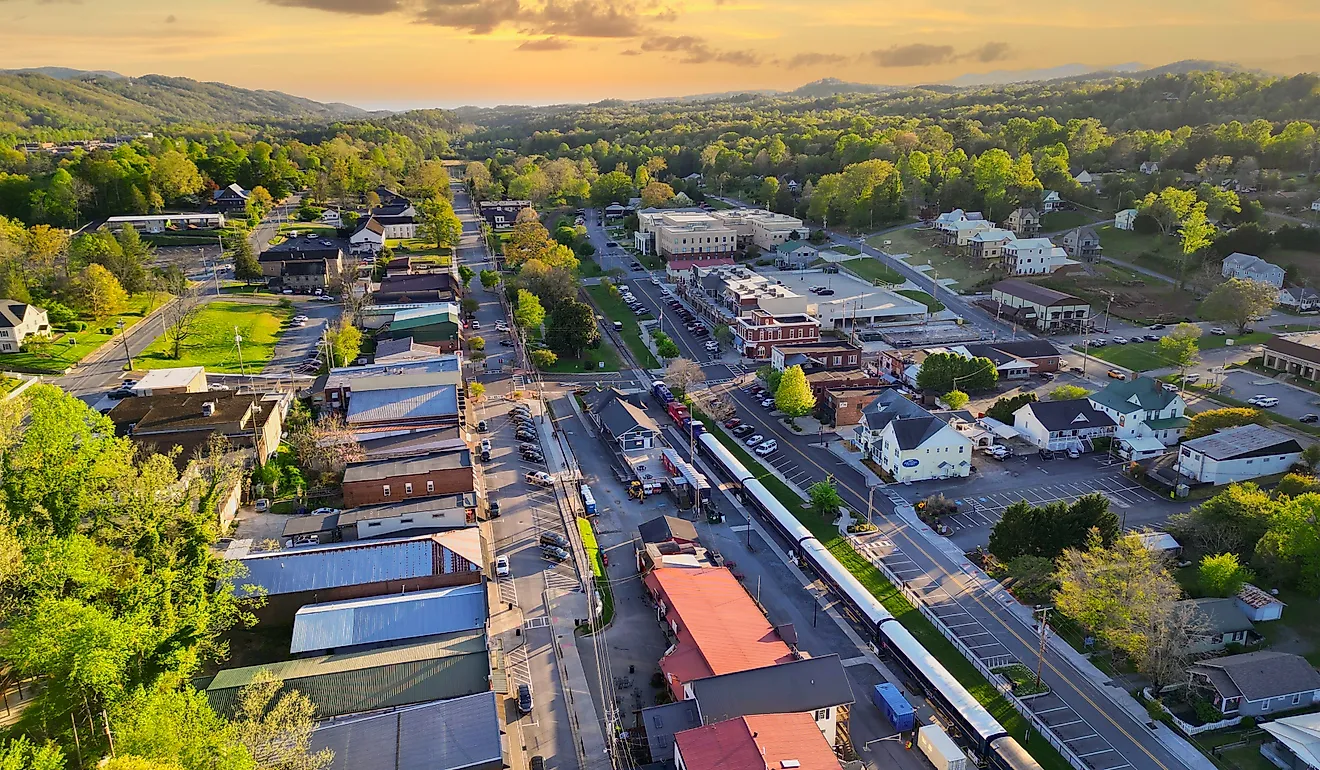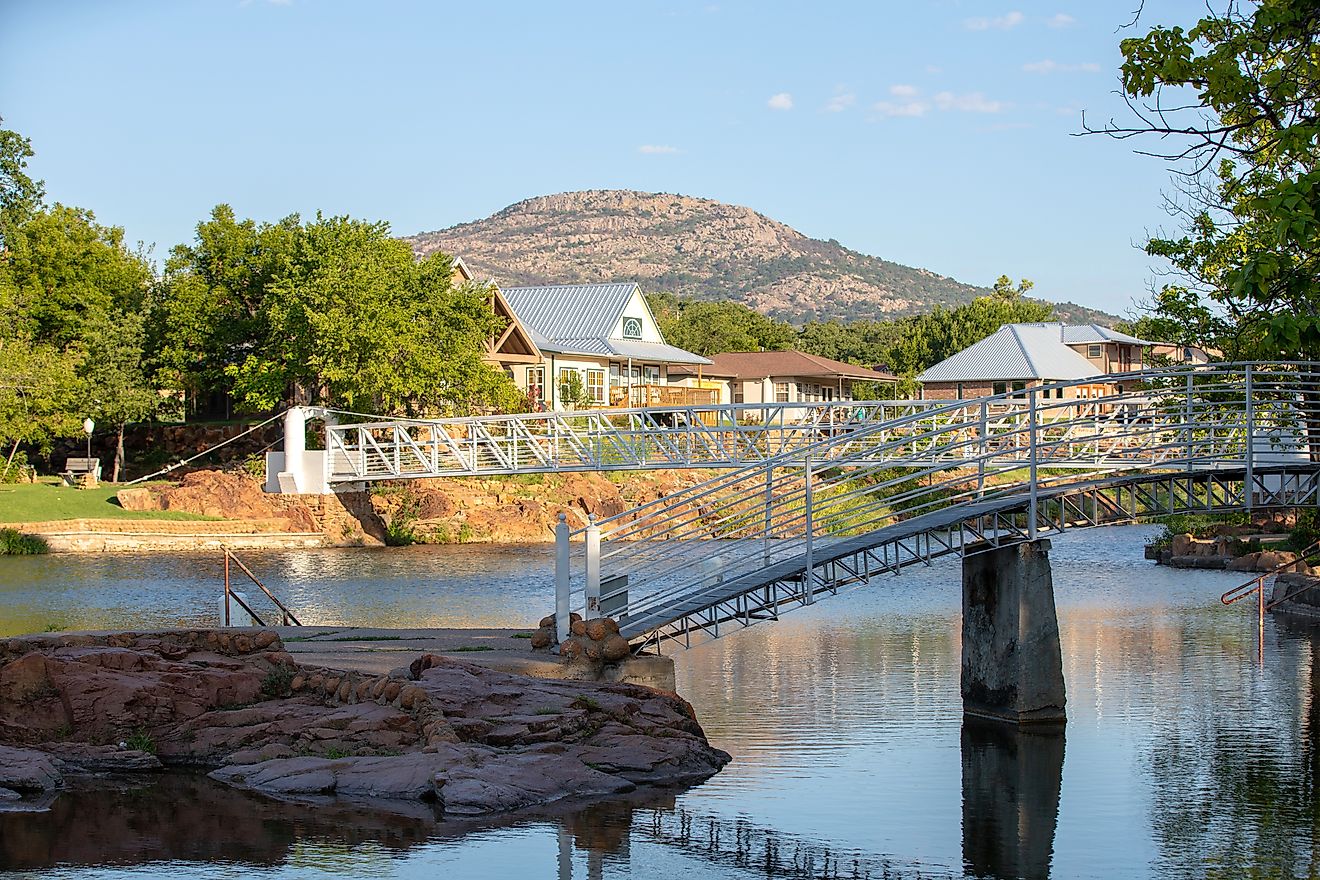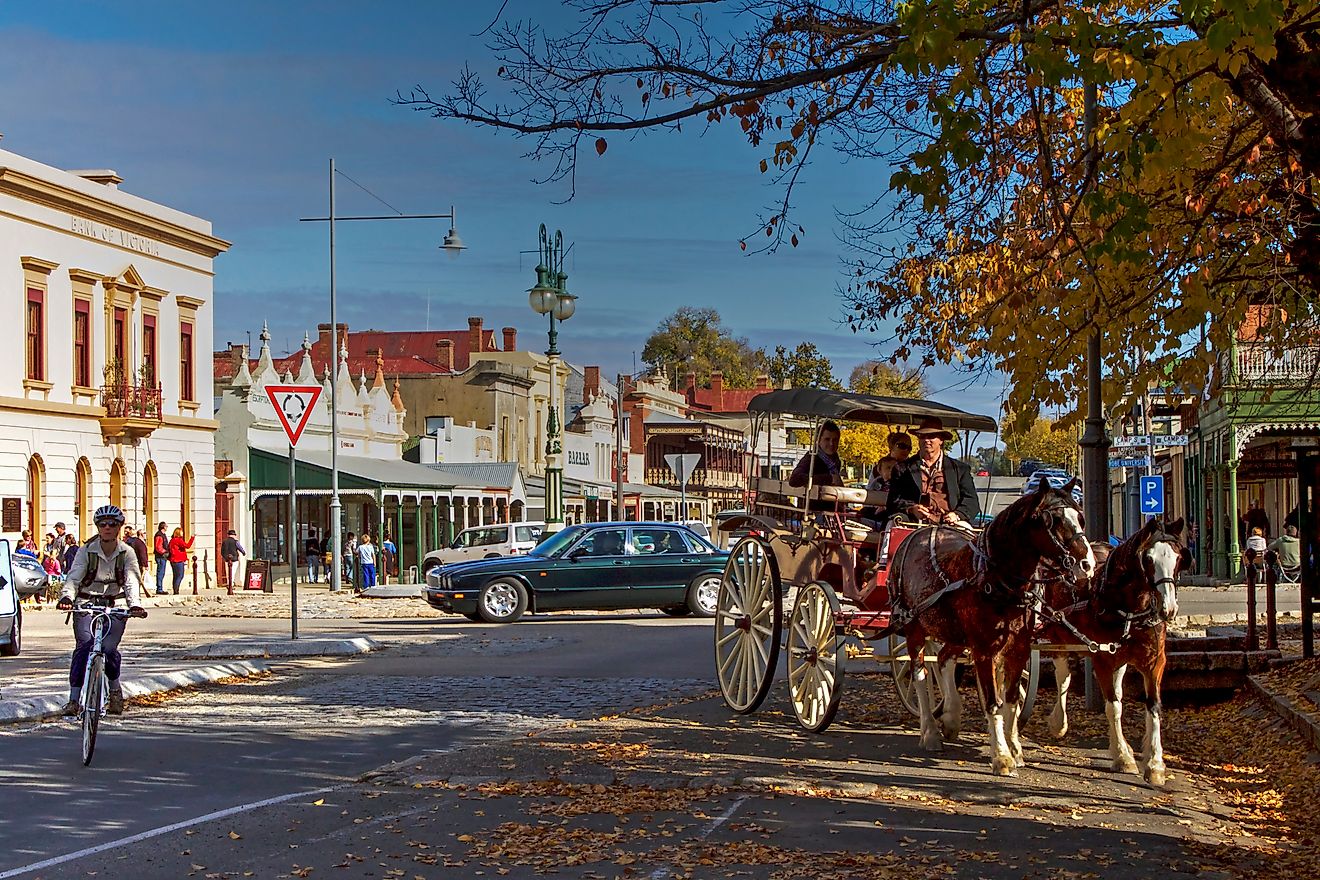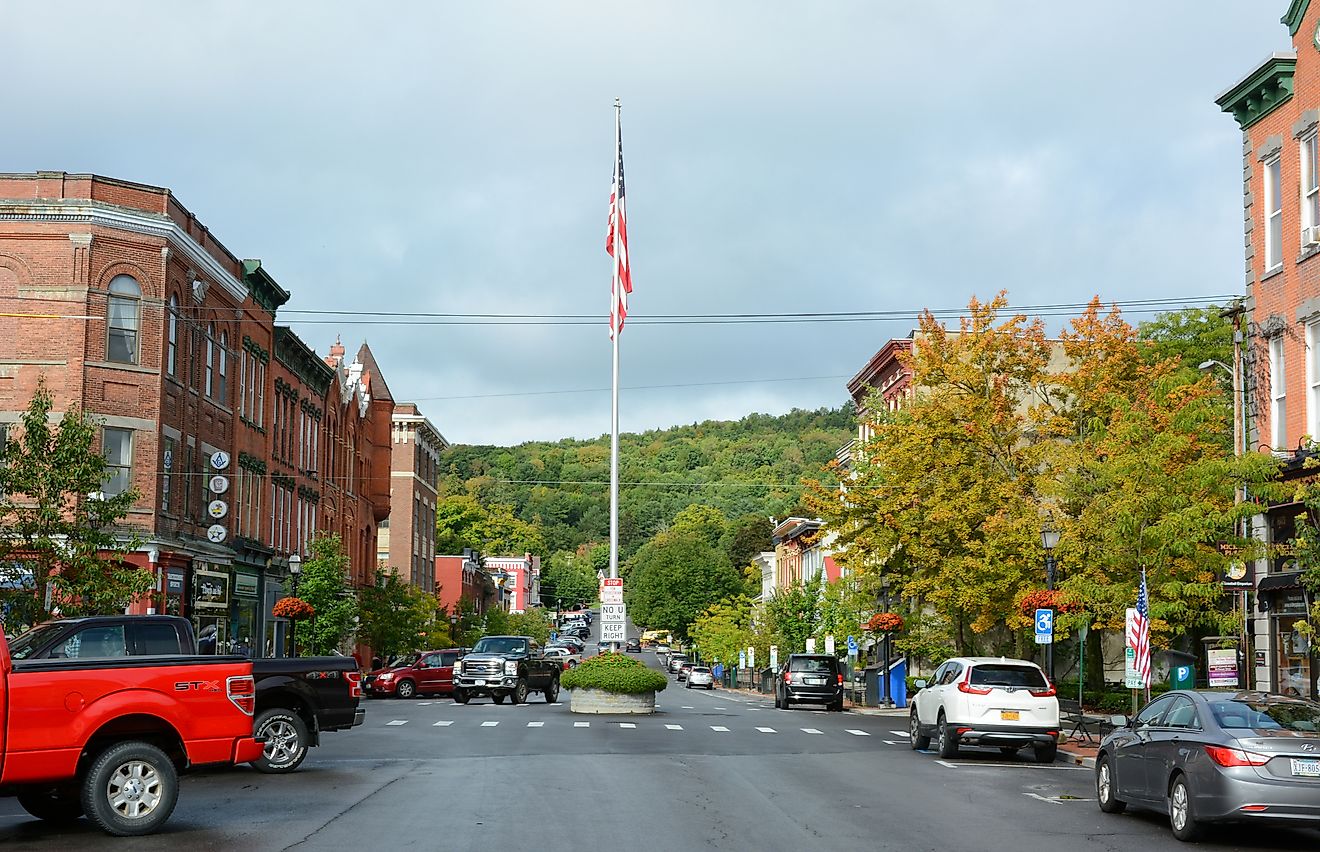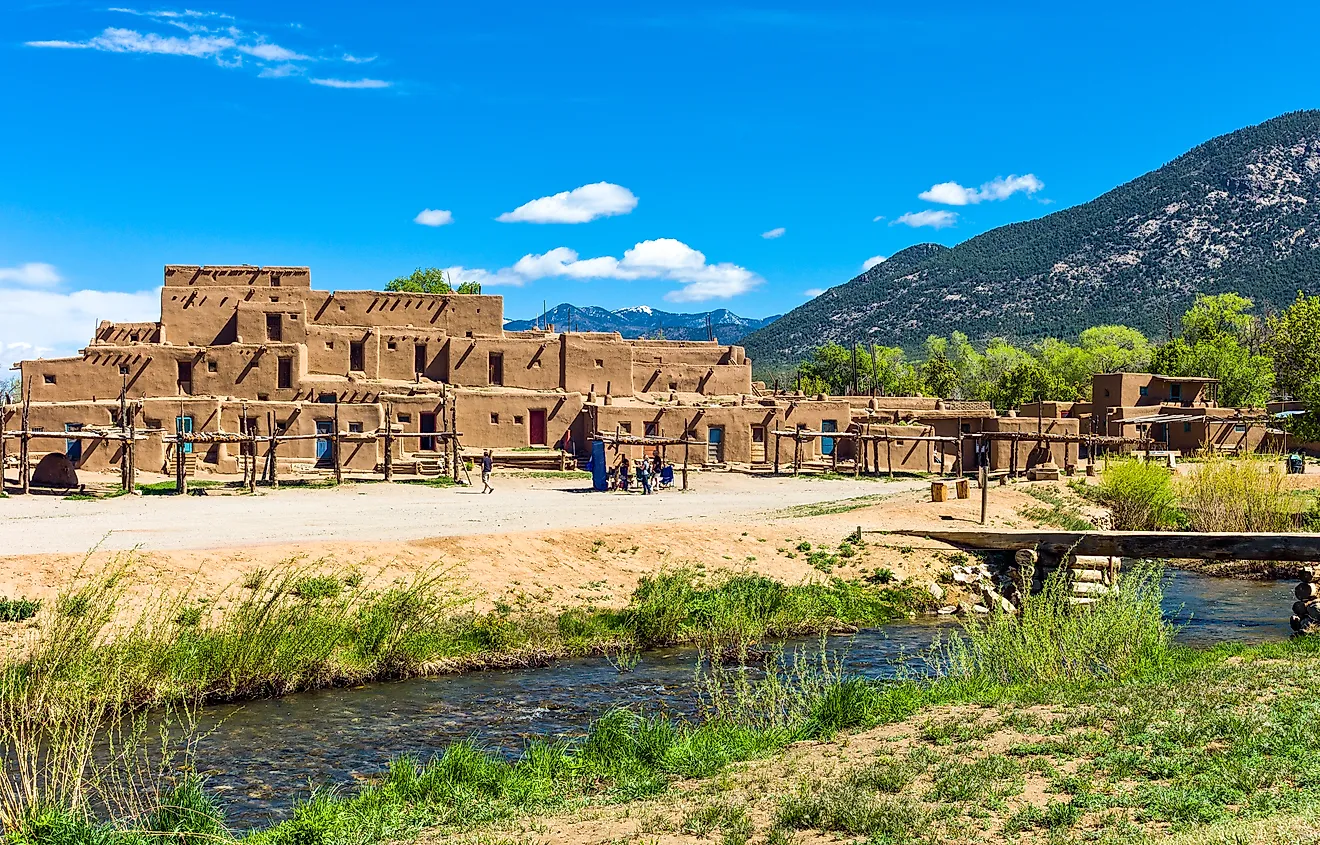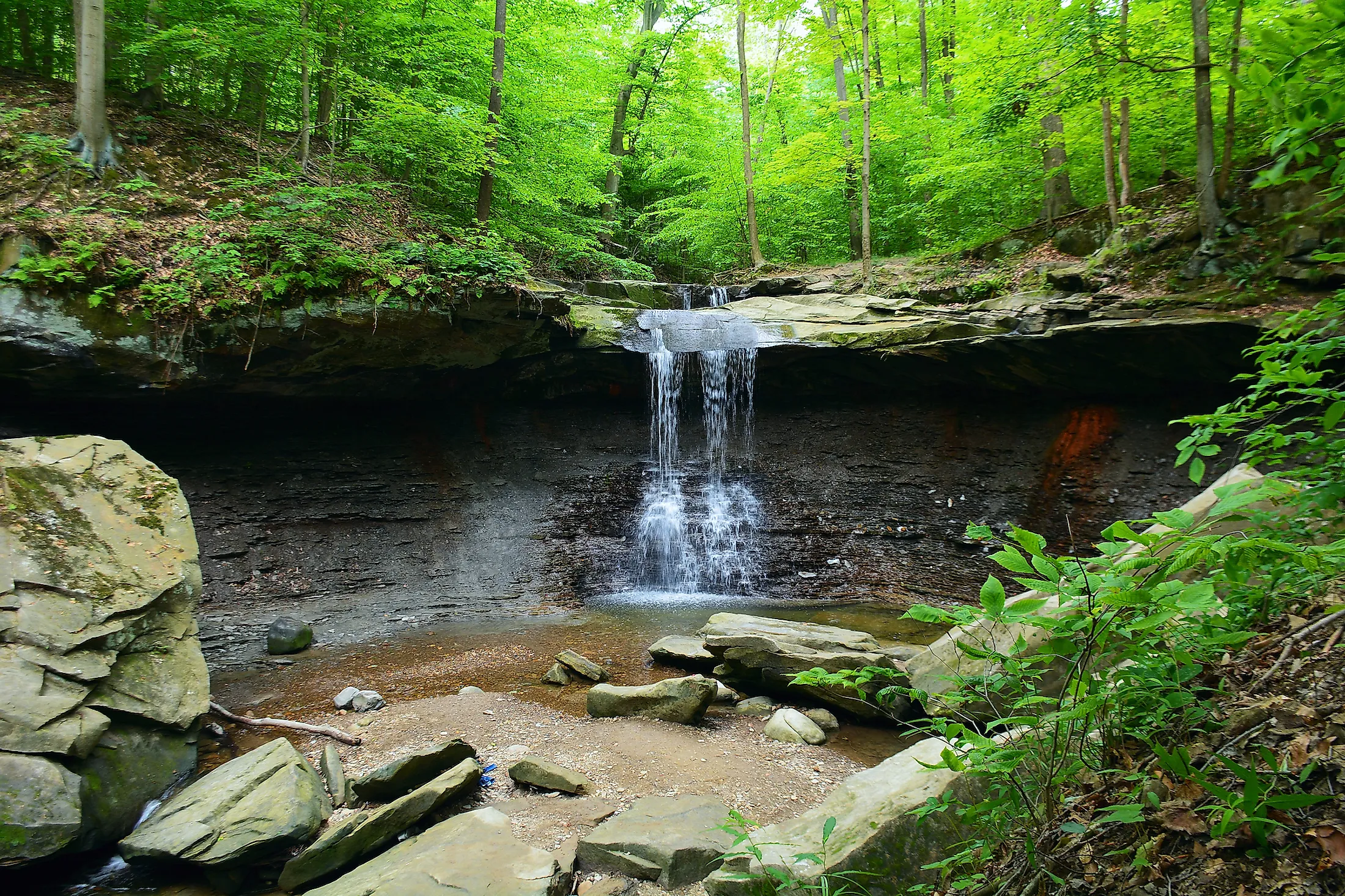
Cuyahoga Valley National Park, Ohio
National Parks are areas created by national governments for the conservation of their natural environment, diverse ecosystems, and unique geological formations. There are currently 63 National Parks in the United States that are under the management of the National Park Service. The Cuyahoga Valley National Park is one of them.
Contents:
Location
Situated in the glaciated part of the Allegheny Plateau in the northeast Ohio region is the Cuyahoga Valley National Park. The Park occupies an area of 131.8 sq. km and is located along the Cuyahoga River in the northern Summit and the southern Cuyahoga counties, between the city of Cleveland and the city of Akron in the US State of Ohio. The Cuyahoga Valley National Park is the only national park in the US State of Ohio and one of the three national parks that are located in the Great Lakes Basin. The National Park is quite different from the other US National Parks as it comprises several road networks, small towns, 11 parks, 4 reservations, and other private attractions.
Geography
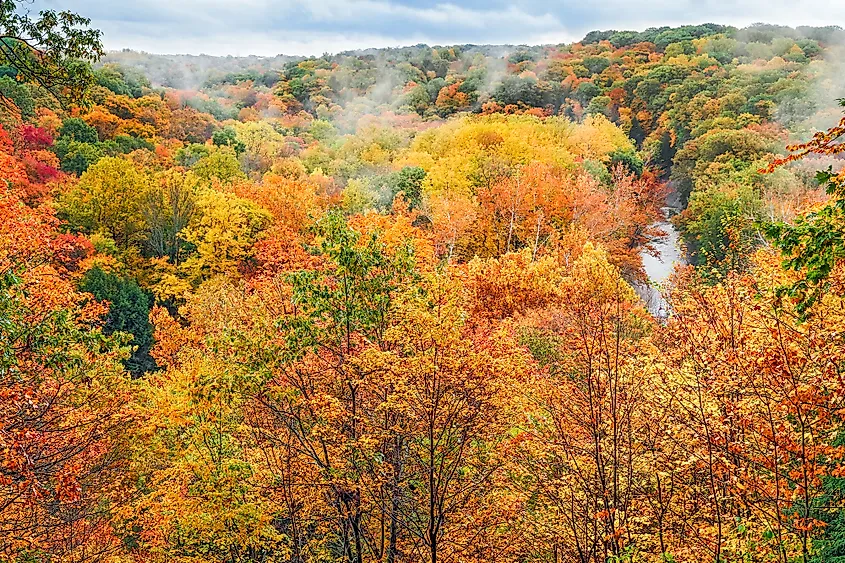
The Cuyahoga Valley National Park comprises several natural areas like forests, rivers, lakes, waterfalls, wetlands, grasslands, rolling hills, and ravines. More than 100 waterfalls formed by the tributaries of the Cuyahoga River are located in the Cuyahoga Valley. The most popular waterfall in the park is the Brandywine Falls. This 20m tall waterfall is considered the tallest fall in the Northeast Ohio region as well as the tallest waterfall in the Cuyahoga Valley National Park. Several rocky ledges provide a westward view of the park across the wooded areas of the Cuyahoga Valley. Located around these rocky ledges among the large boulders are the Talus caves.
There are many trails in the park such as the Ohio and Erie Towpath Trail, Buckeye Trail, Kendall Lake Area Trails, Ledges Area Trail, etc. The most notable among these trails is the 32km long Towpath Trail, which follows the route of the historic 496km long Ohio and Erie Canal. Several historic sites are also located within the park. The Hale Farm and Village is an outdoor living history museum that features many historic buildings.
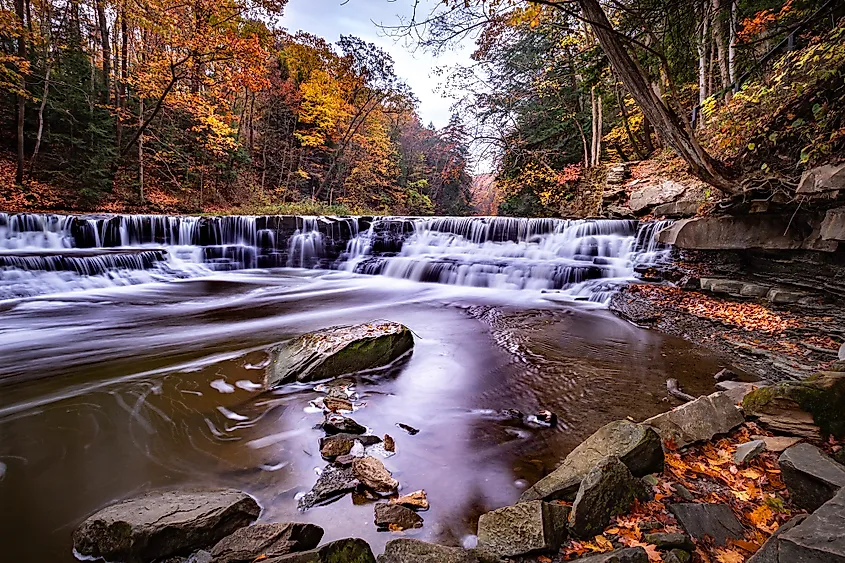
The Cuyahoga Valley National Park has a rich geological history. The oldest rocks in the park were formed approximately 400 million years ago and the present Cuyahoga Valley was formed by the action of rivers, glaciers, and oceans through millions of years. The oldest bedrocks of the park are the Ohio Shale, Bedford Shale, Berea Sandstone, Cuyahoga Formation, and the Sharon Conglomerate. The eroded bedrocks after the Sharon Conglomerate formed deep valleys. The Cuyahoga valley was one such valley. The Cuyahoga River which flows through this valley has a characteristic ‘V-shaped’ course, which it gained after the retreat of glaciers about 14,000 years ago. The glacial sediments that were left during the last glacial period formed many ground moraines in the park. One such notable moraine formed by the last glaciation is the Defiance moraine. The southern part of this moraine features Kames and eskers.
The Cuyahoga Valley National Park offers many recreational activities for its visitors like hiking, bicycling, kayaking, sled-riding, and cross-country skiing. Visitors can also take a scenic train ride on the Cuyahoga Valley Scenic Railroad.
Climate
According to the Köppen climate classification, the Cuyahoga Valley National Park experiences a humid continental climate with hot and humid summers and cold winters. The average annual temperature is about 18°C and the park receives about 528mm of rainfall per year. The highest temperature is about 27°C in July and the lowest temperature falls to -1°C in January.
Flora And Fauna
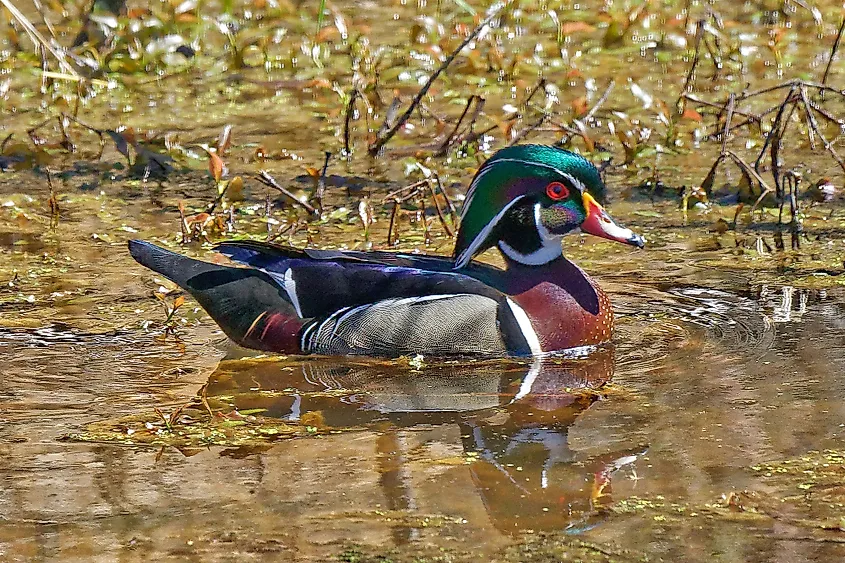
The natural vegetation of the Cuyahoga Valley National Park is composed of mixed-mesophytic forests featuring many deciduous trees like oak, maple, hickory, beech, etc. Other natural habitats like wet meadows, wetland habitats, older field habitats, etc are interspersed among these forests. It is estimated that there are more than 943 species of plants in the National Park. About 20% of the plants in the National Park are however not native to the area. 16 species of these exotic plants are considered invasive and pose a significant threat to the park’s native plant communities.
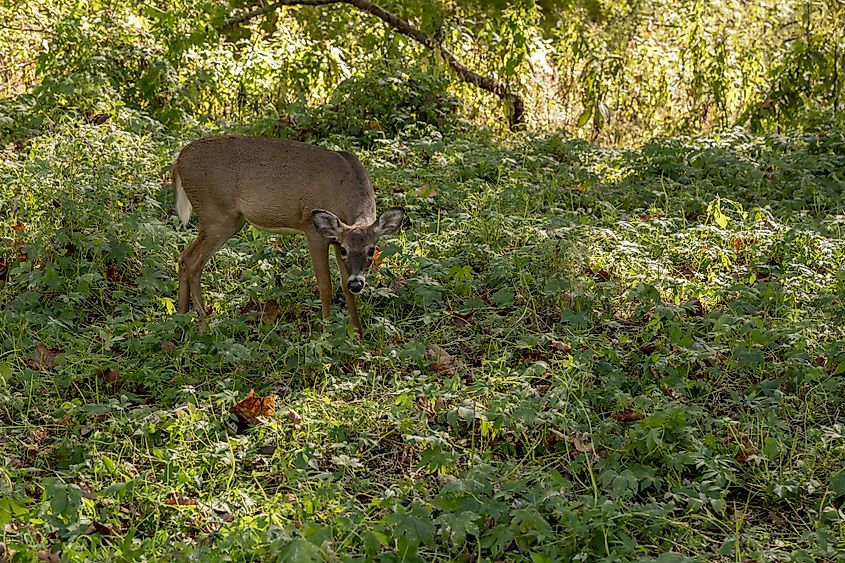
It is estimated that about 8 species of frogs, 9 species of salamanders, and 1 toad species are found in the Cuyahoga Valley National Park. About 20 reptilian species including 11 snakes, 8 turtles, and 1 skink species have been recorded from the Cuyahoga Valley National Park. More than 39 mammal species have been identified in the National Park. These include coyotes, raccoons, red foxes, beavers, skunks, river otters, moles, opossums, bats, and white-tailed deer.
More than 250 species of birds have been recorded from the Cuyahoga Valley National Park. Some of the notable avian species include peregrine falcons, bald eagles, Canada geese, great blue herons, yellow warbler, goldfinches, blue jays, woodpeckers, etc.
Brief History
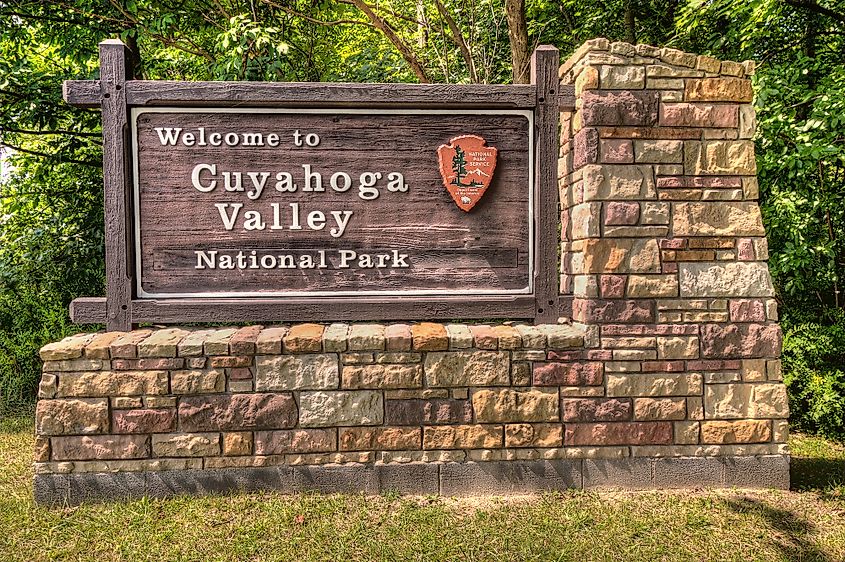
It is believed that the Cuyahoga Valley area was inhabited by Native Americans for more than 10,000 years. During the 1700s, several Europeans arrived in the area and started to establish trading posts in the valley. In 1805, about 500,000 acres of land which also include the present-day national park area was handed over to the federal government by the Lenapé Nation via the Treaty of Fort Industry. During the 1910 and 1920s, the establishment of Akron and Cleveland metropolitan parks led to the beginning of the area’s development as a park. However, in the 1960s and 1970s, commercial developments and urban expansions began to threaten the rural areas of the northeastern Ohio region. Local citizens and conservation groups began to create pressure on the government for preserving the scenic natural environment of the undeveloped land area between the Akron and the Cleveland cities. On December 27, 1974, the Cuyahoga Valley National Recreation Area was established by an Act of the US Congress which was signed by the then US President Gerald Ford. On October 11, 2000, the Cuyahoga Valley National Recreation Area was redesignated as the Cuyahoga Valley National Park.





